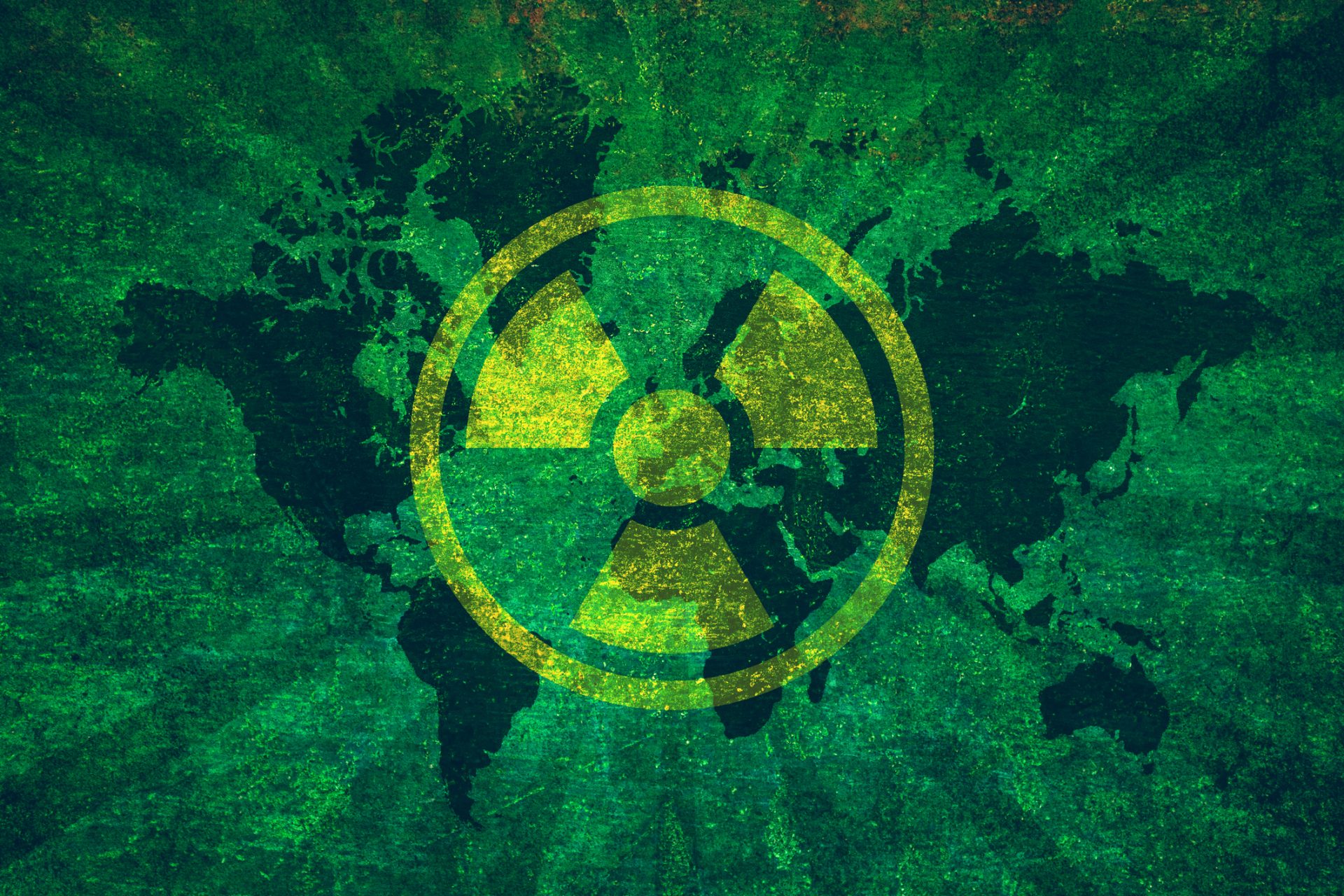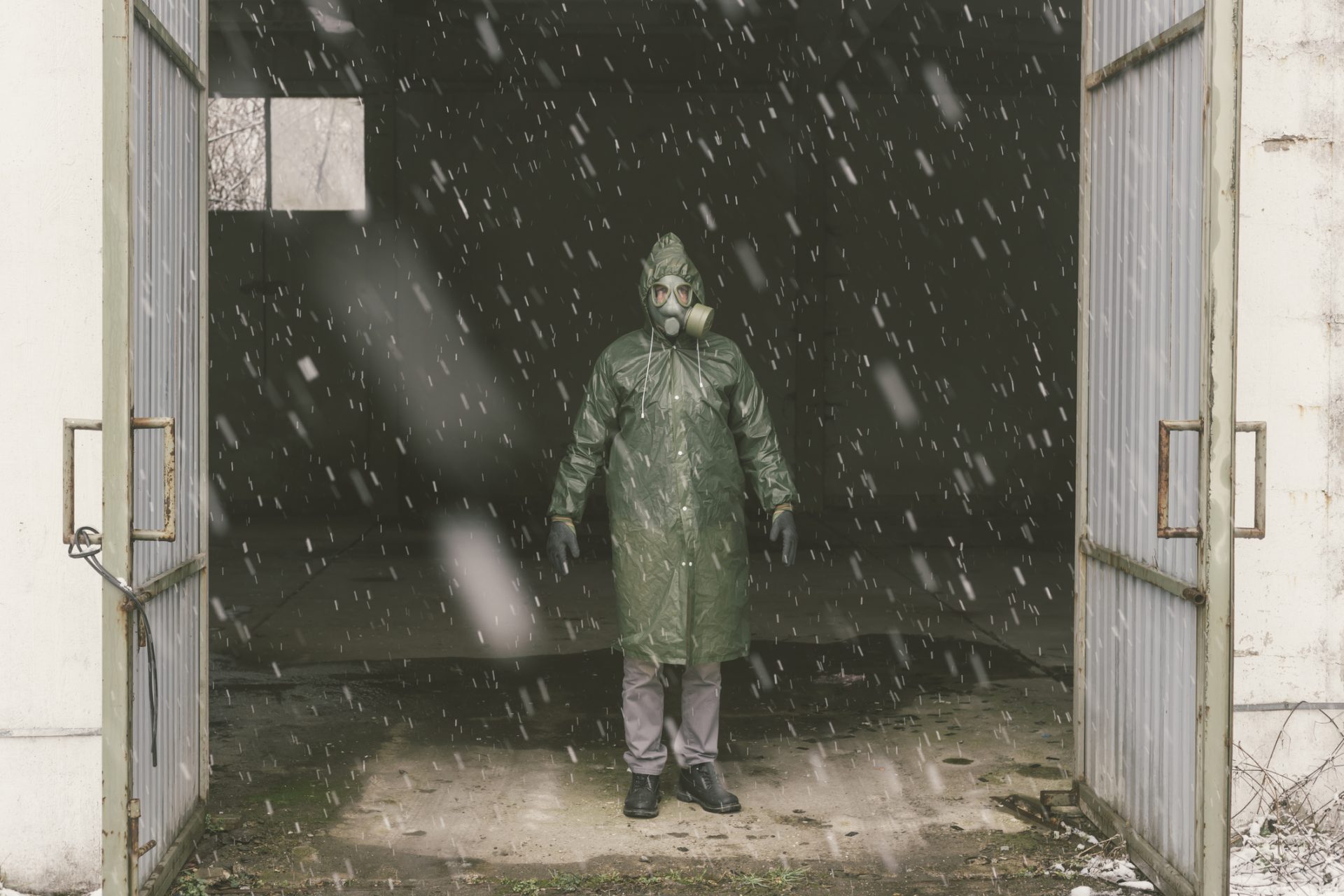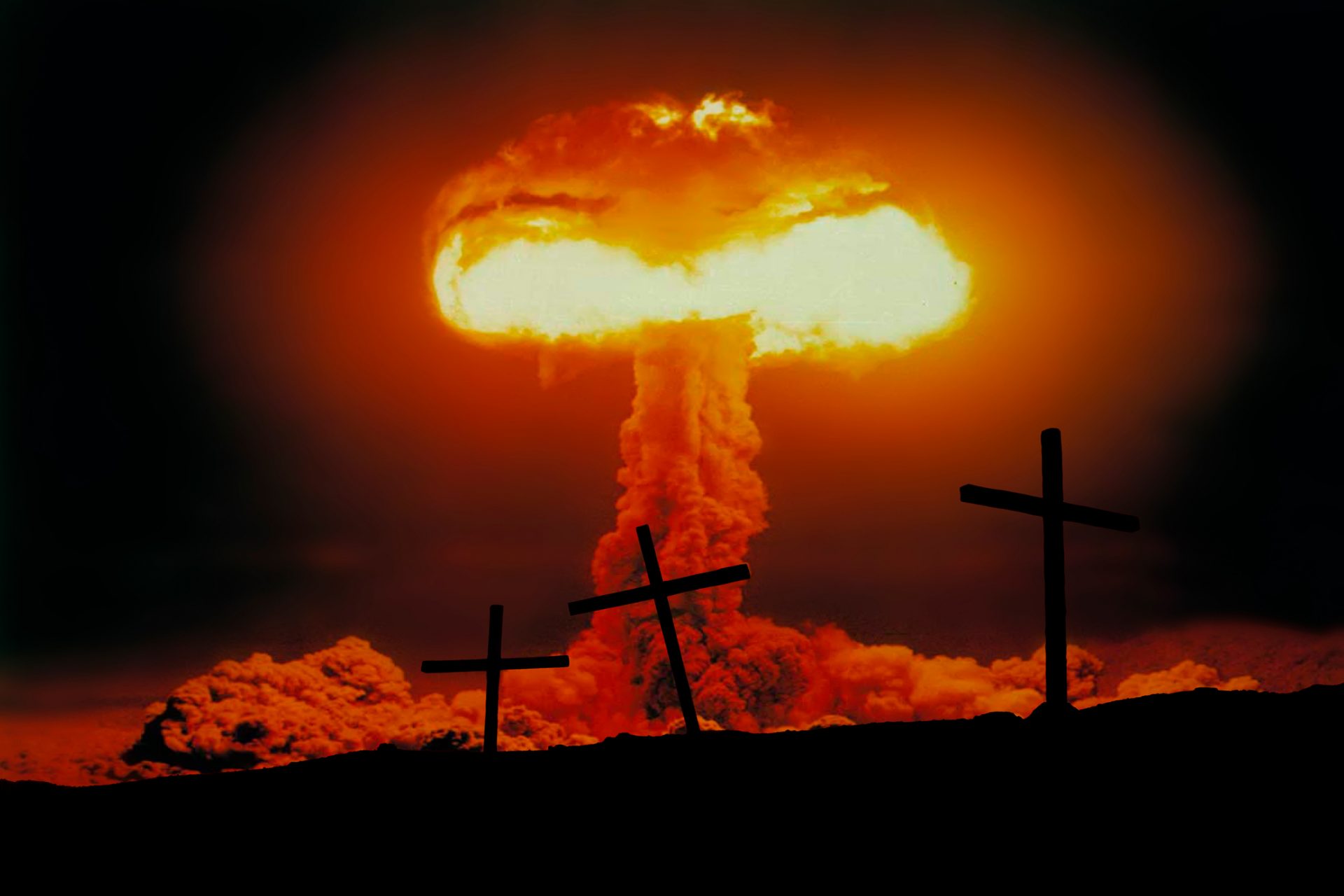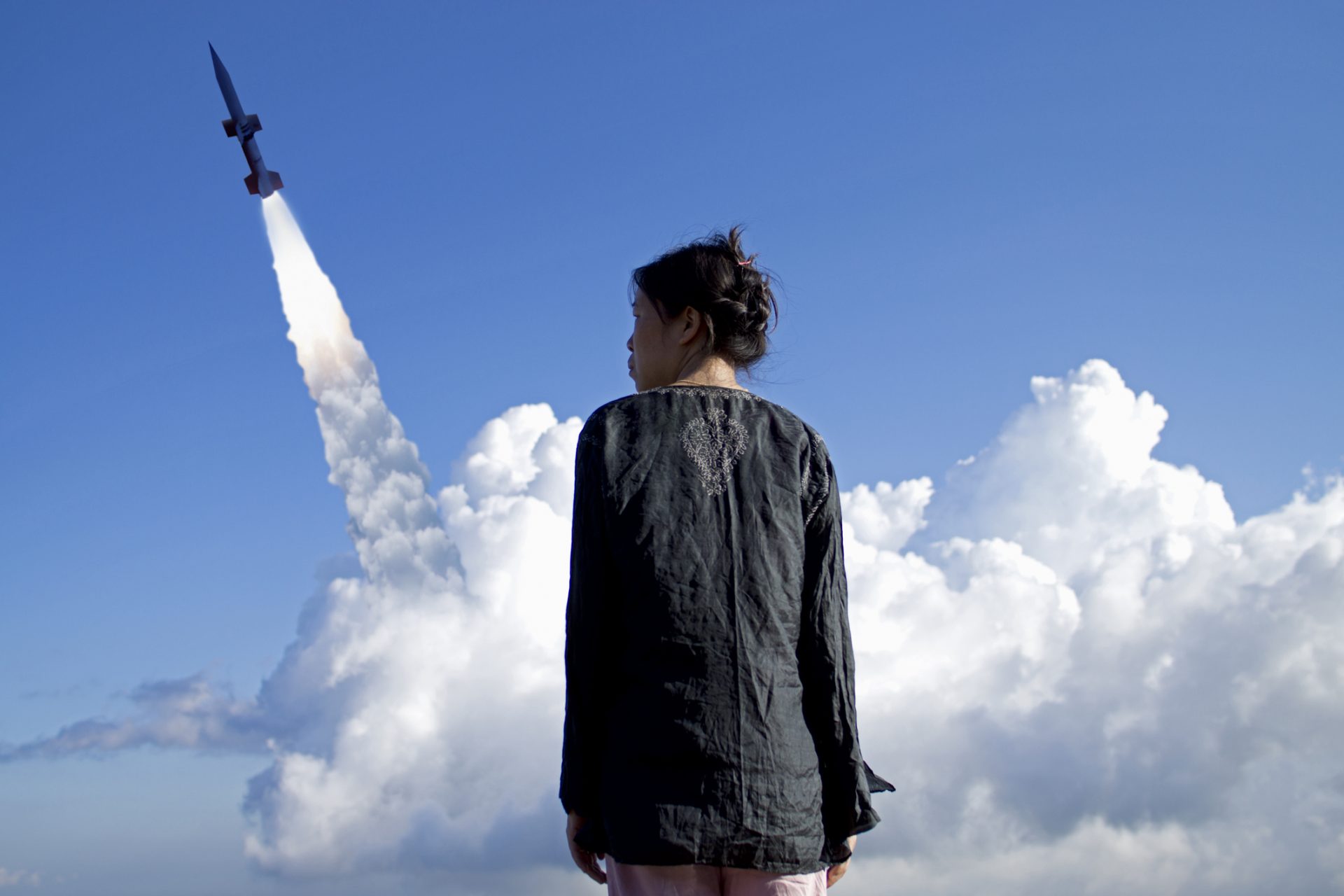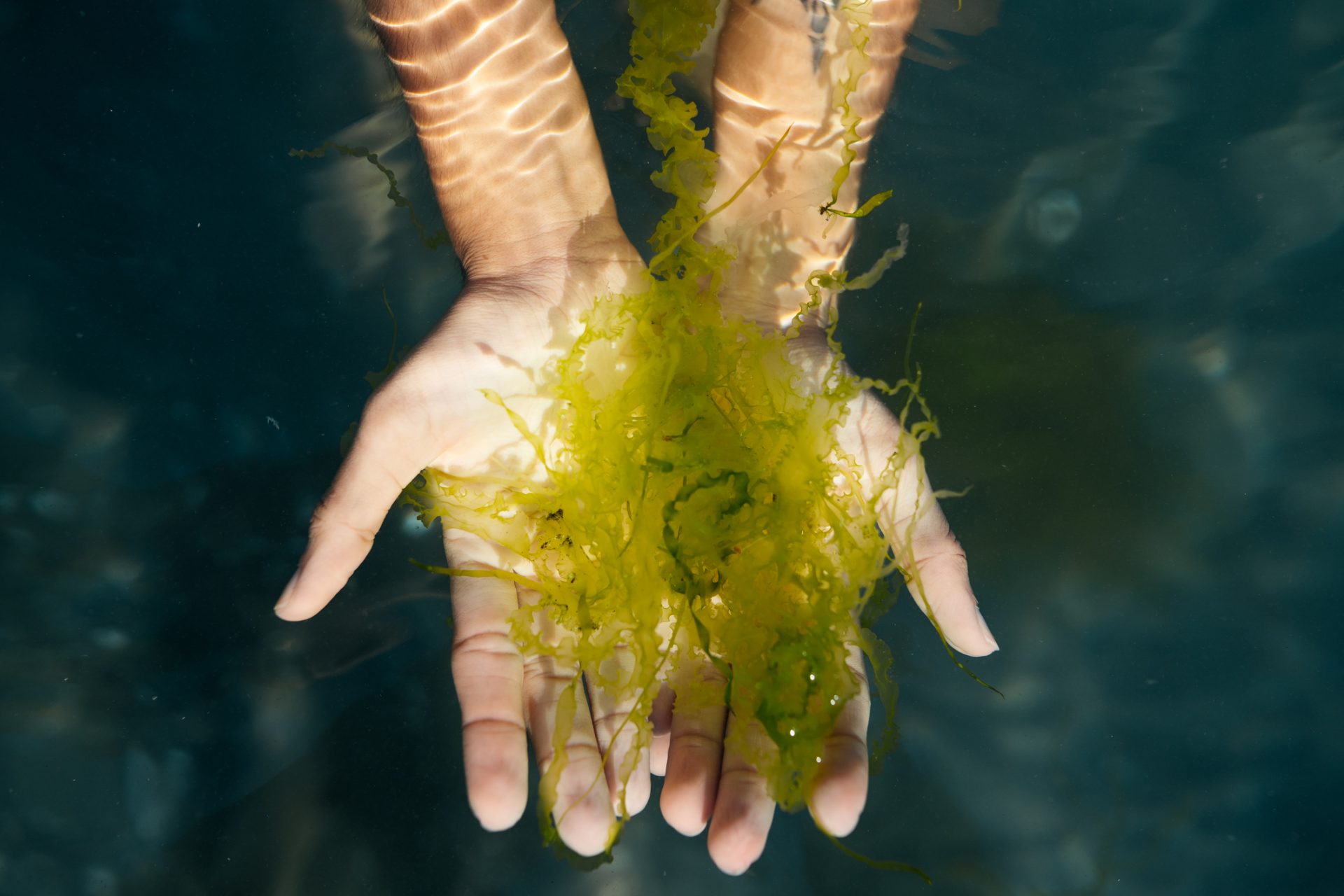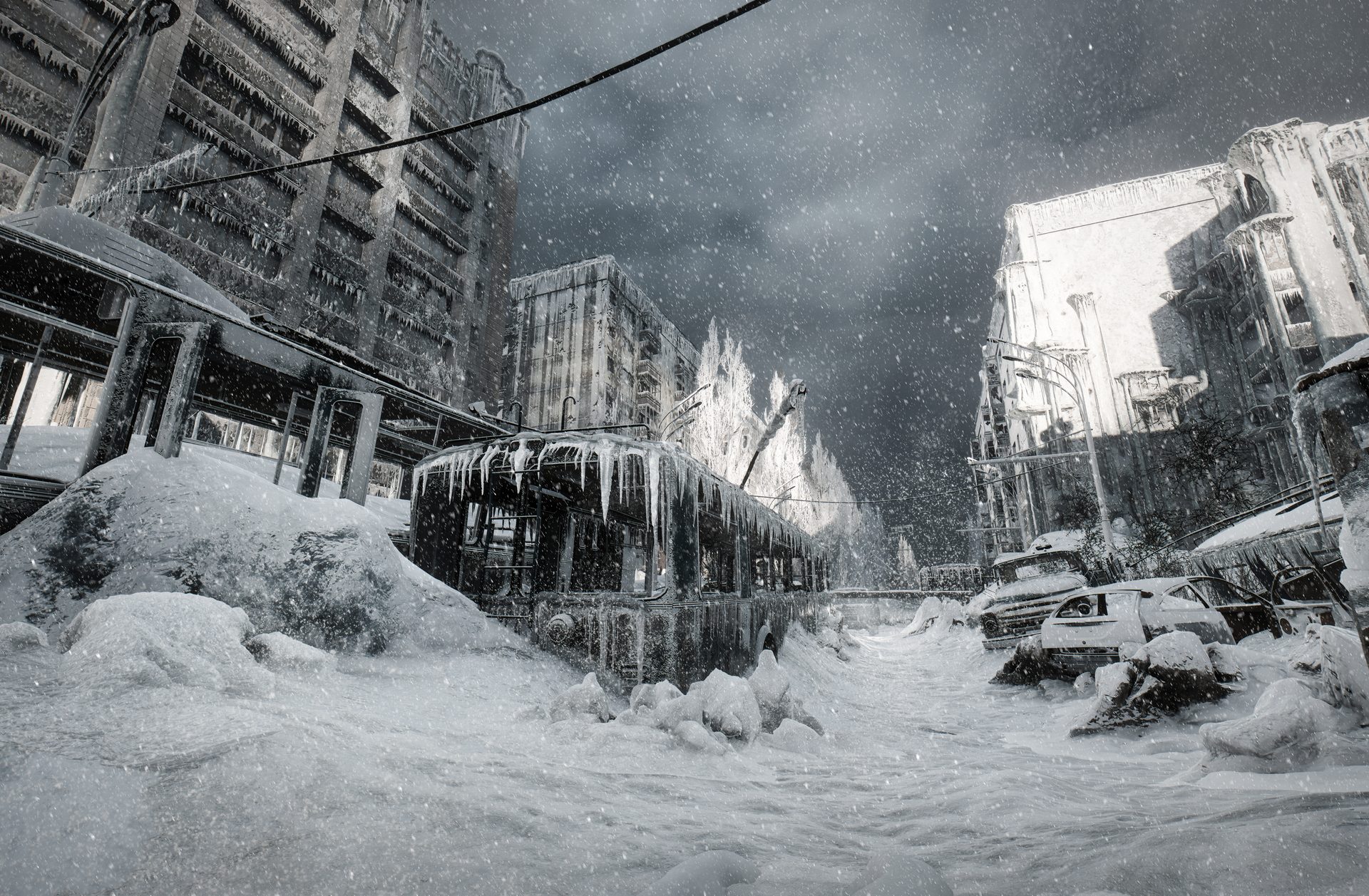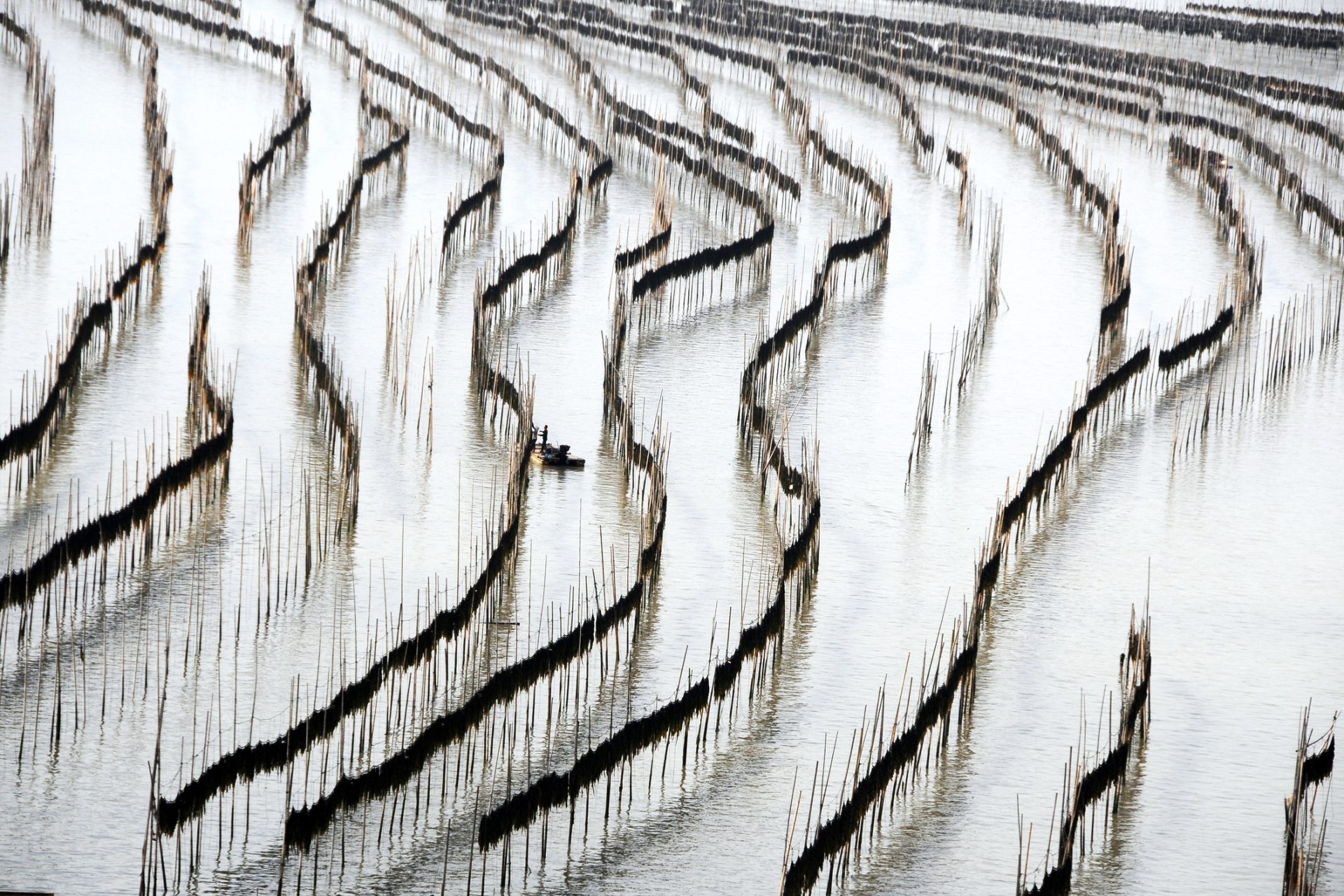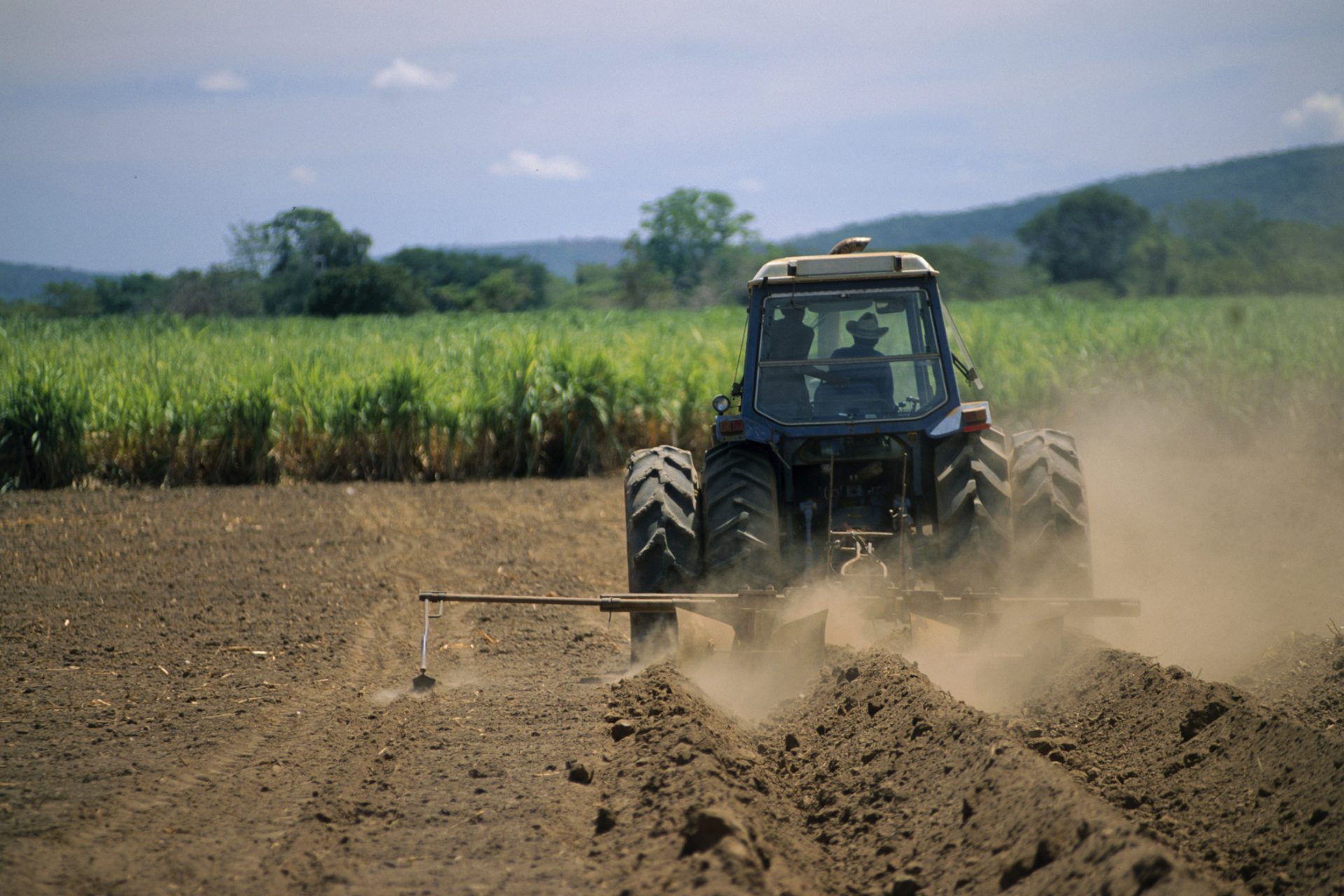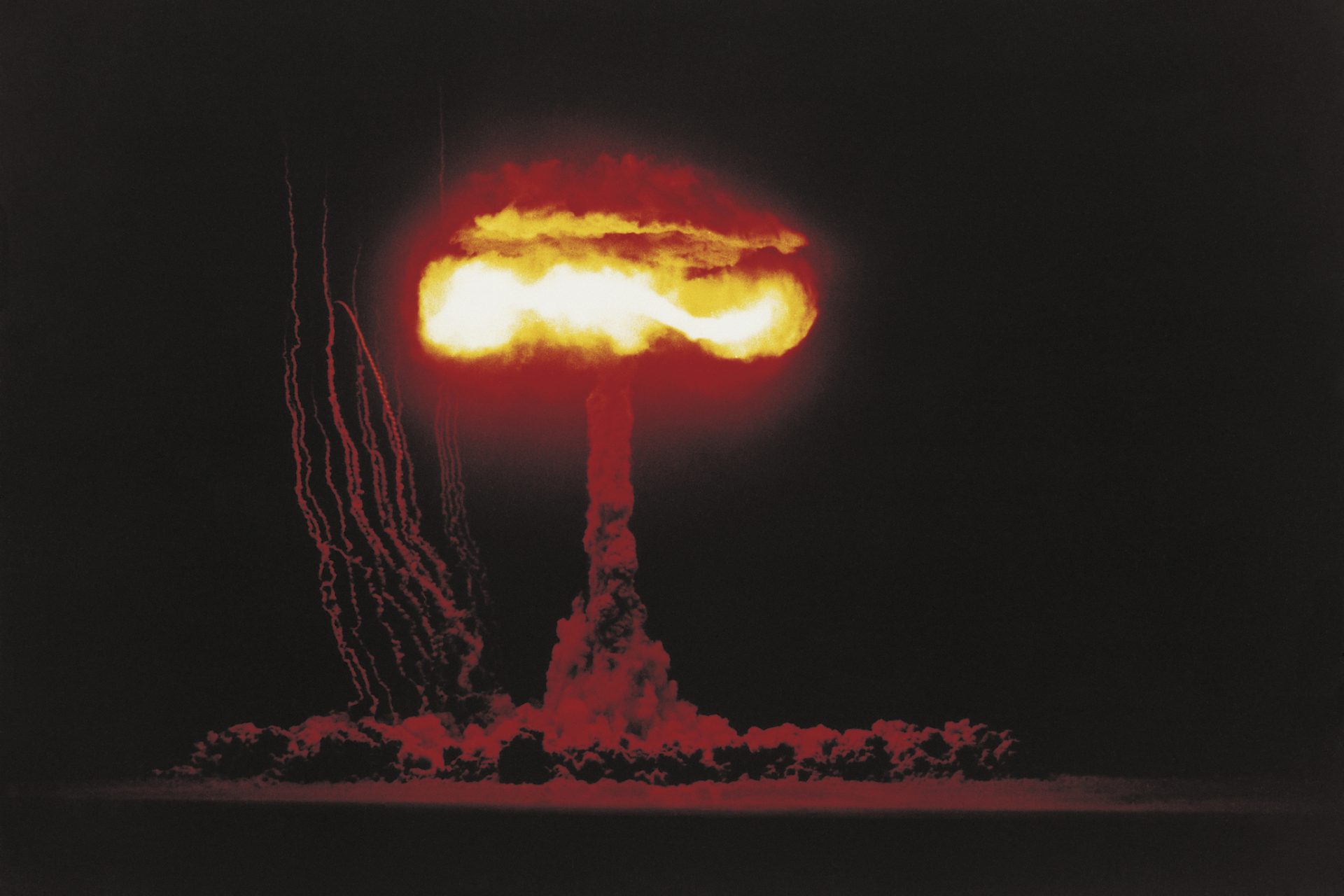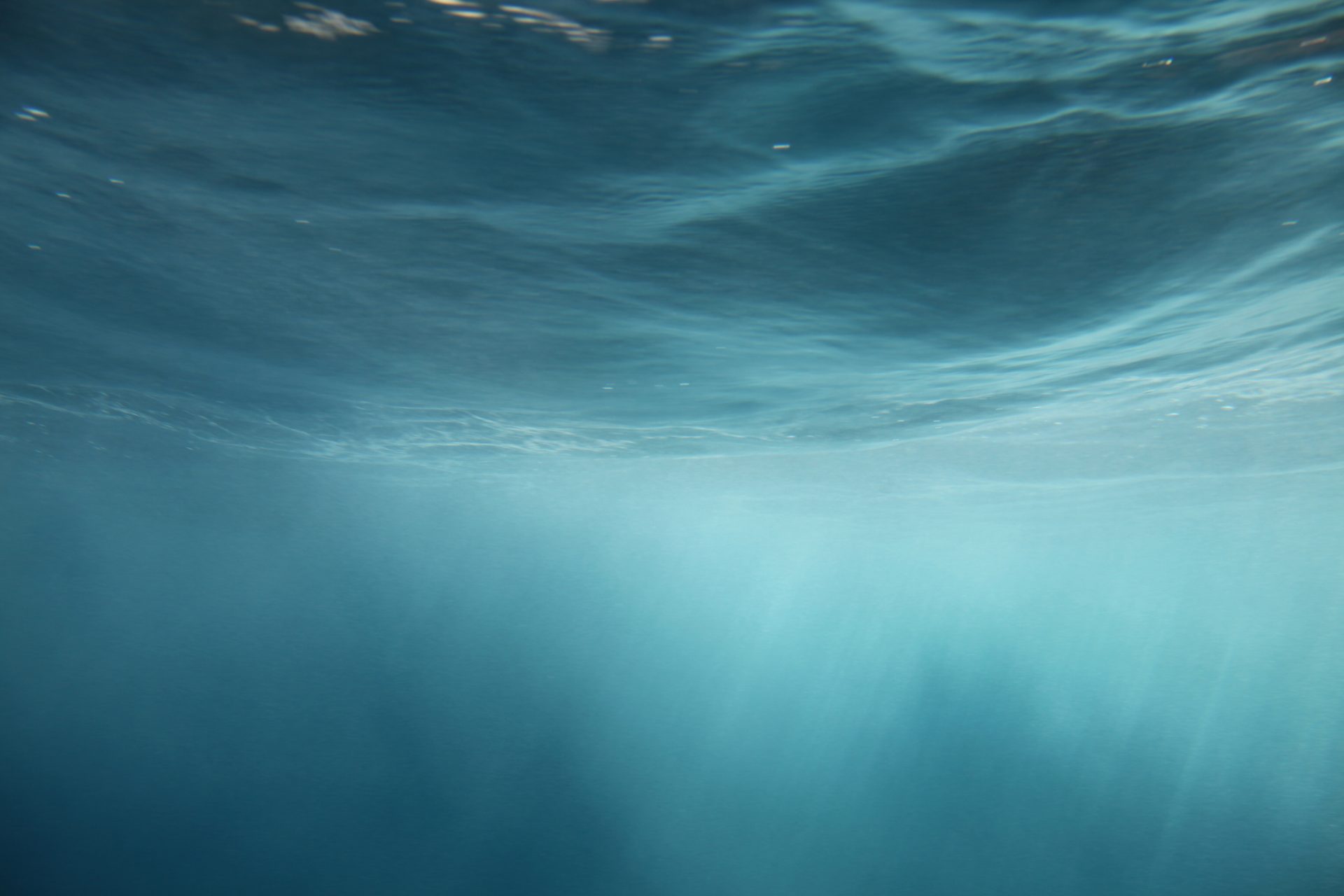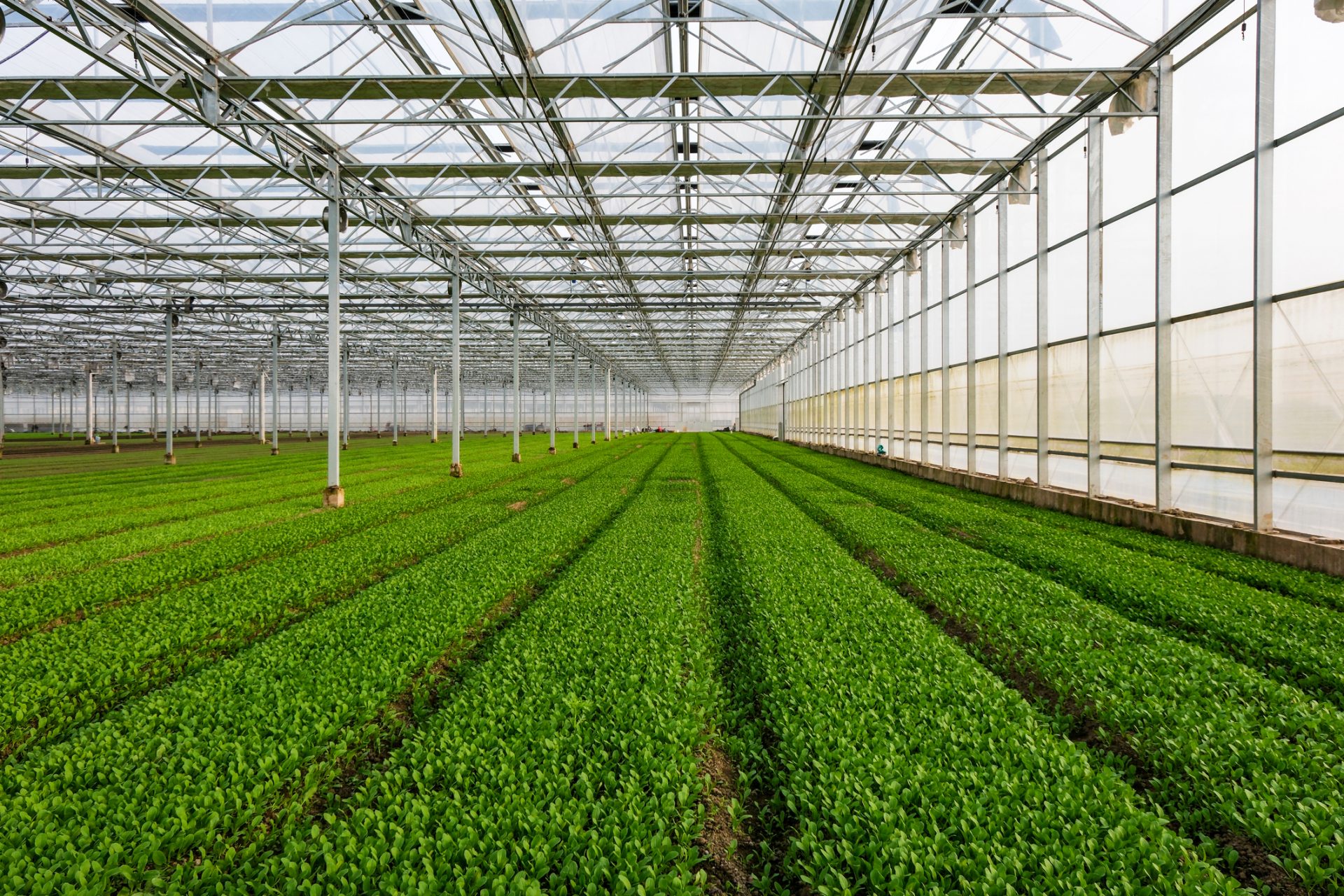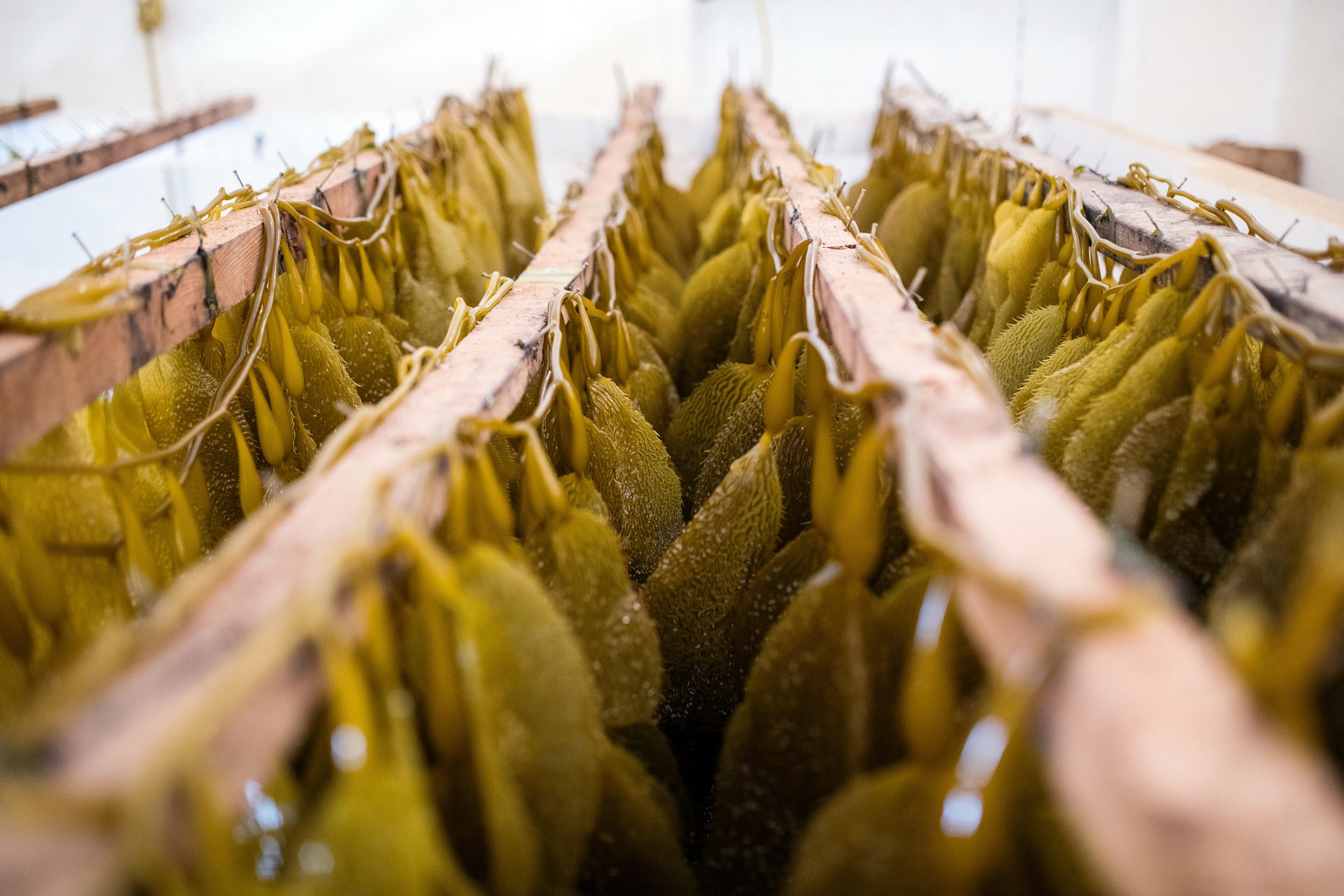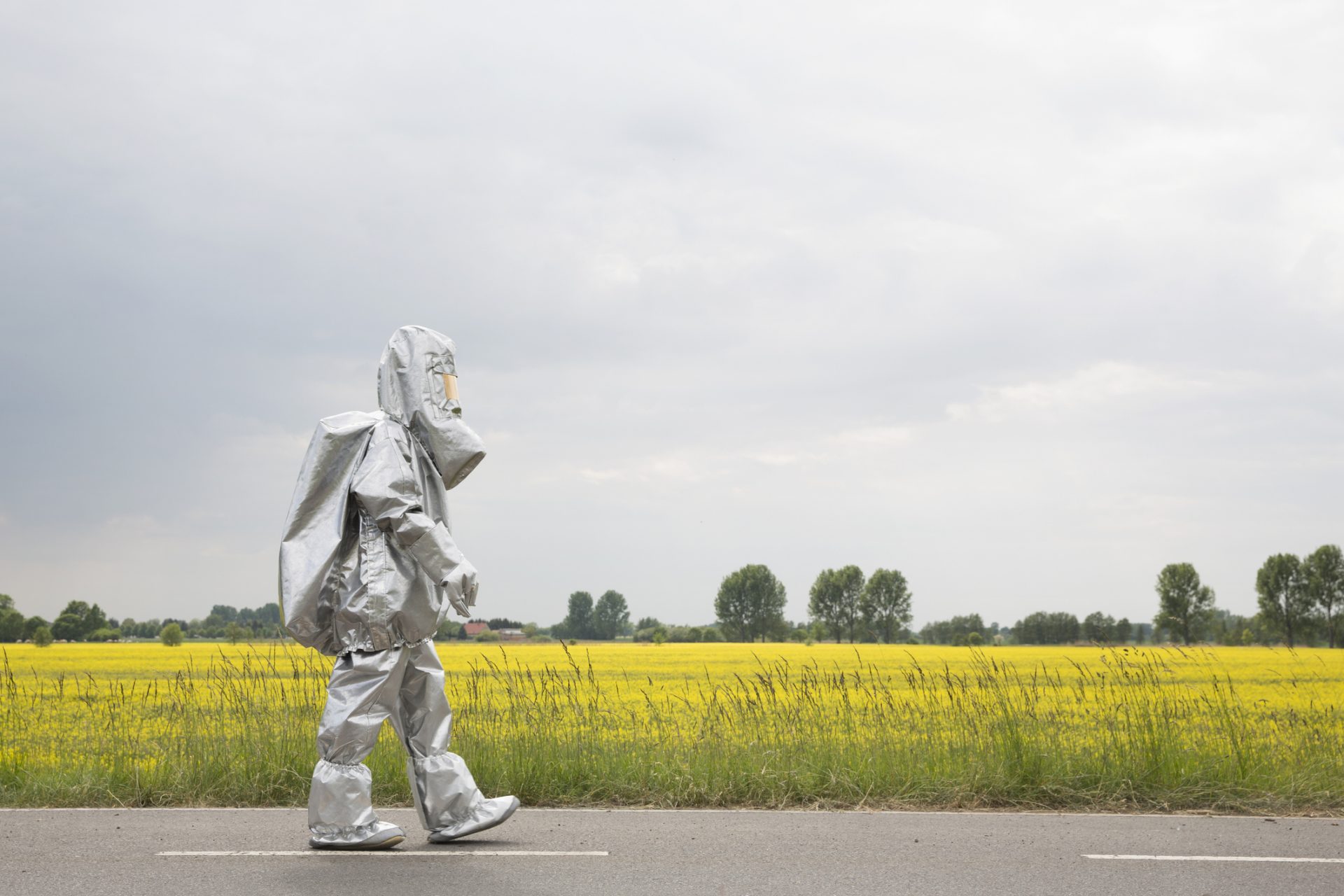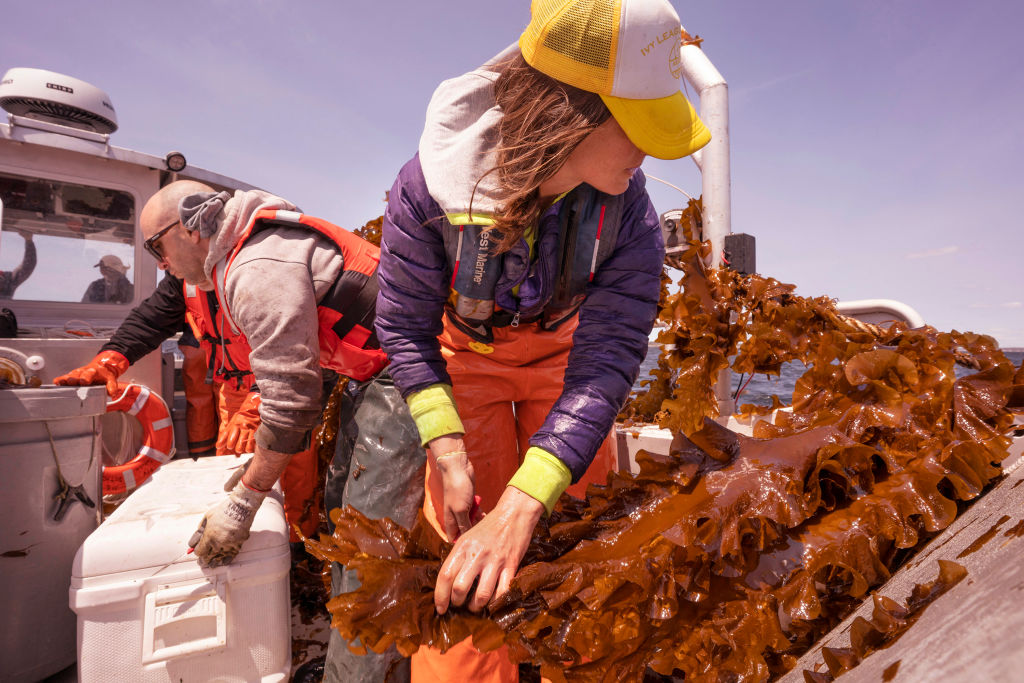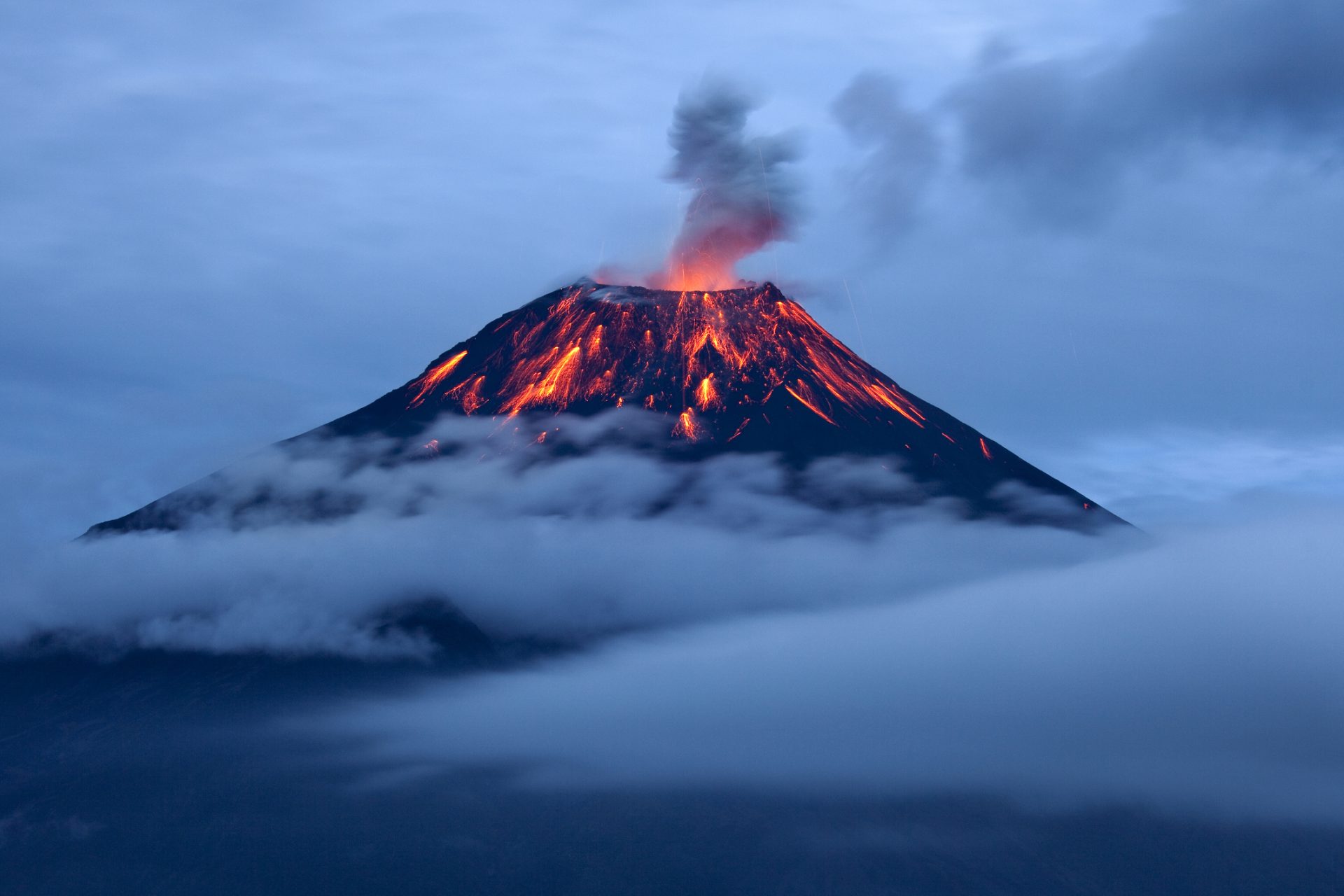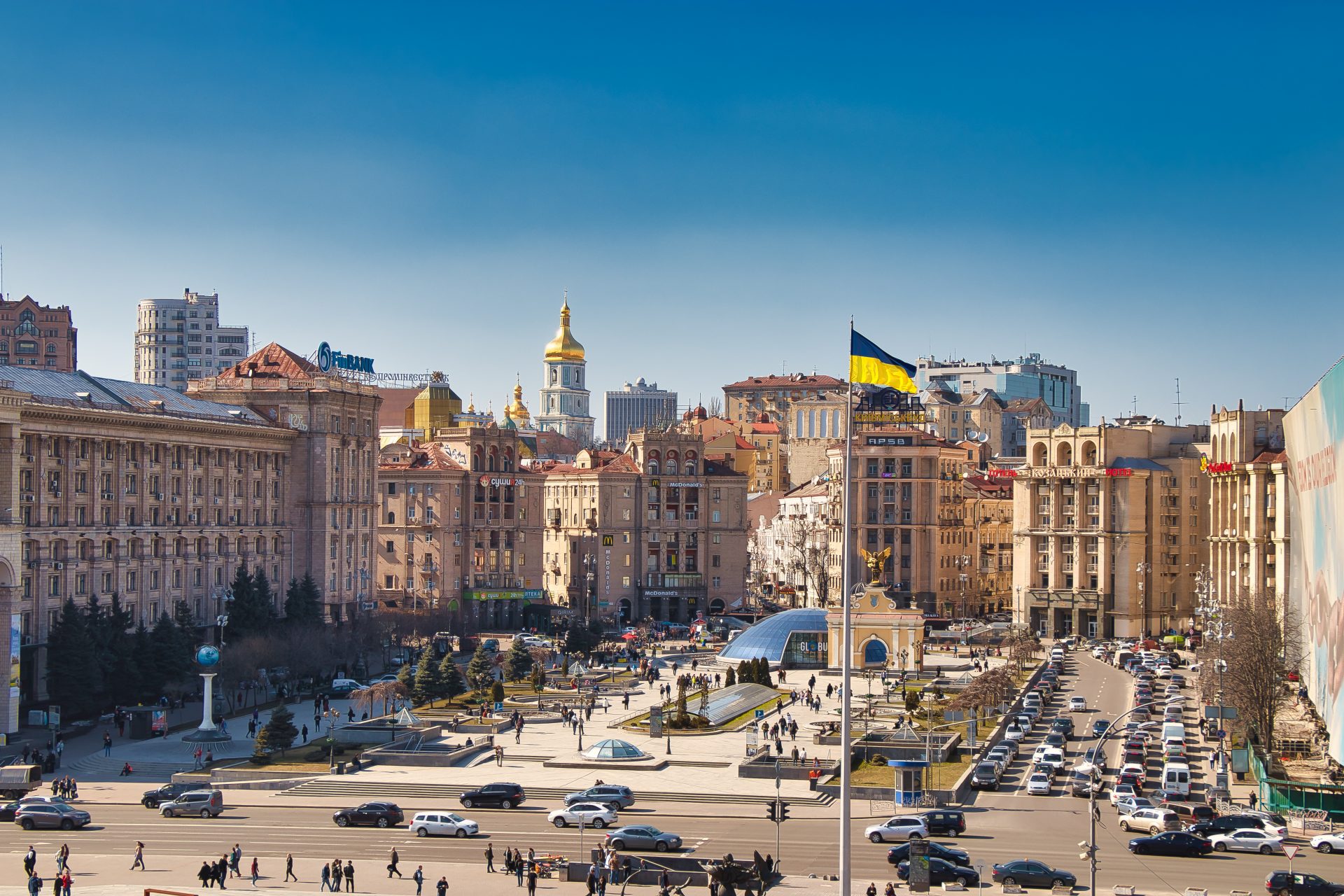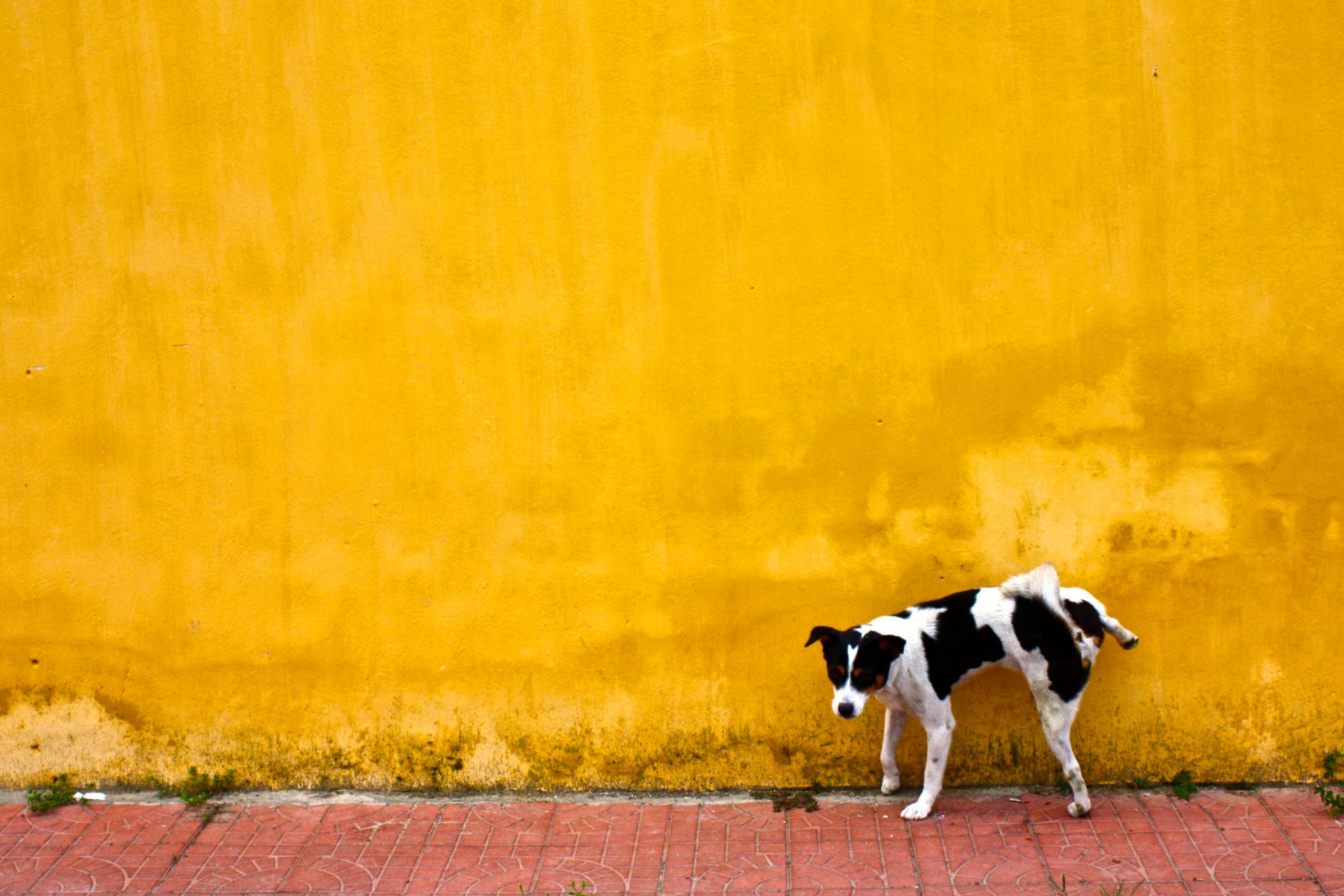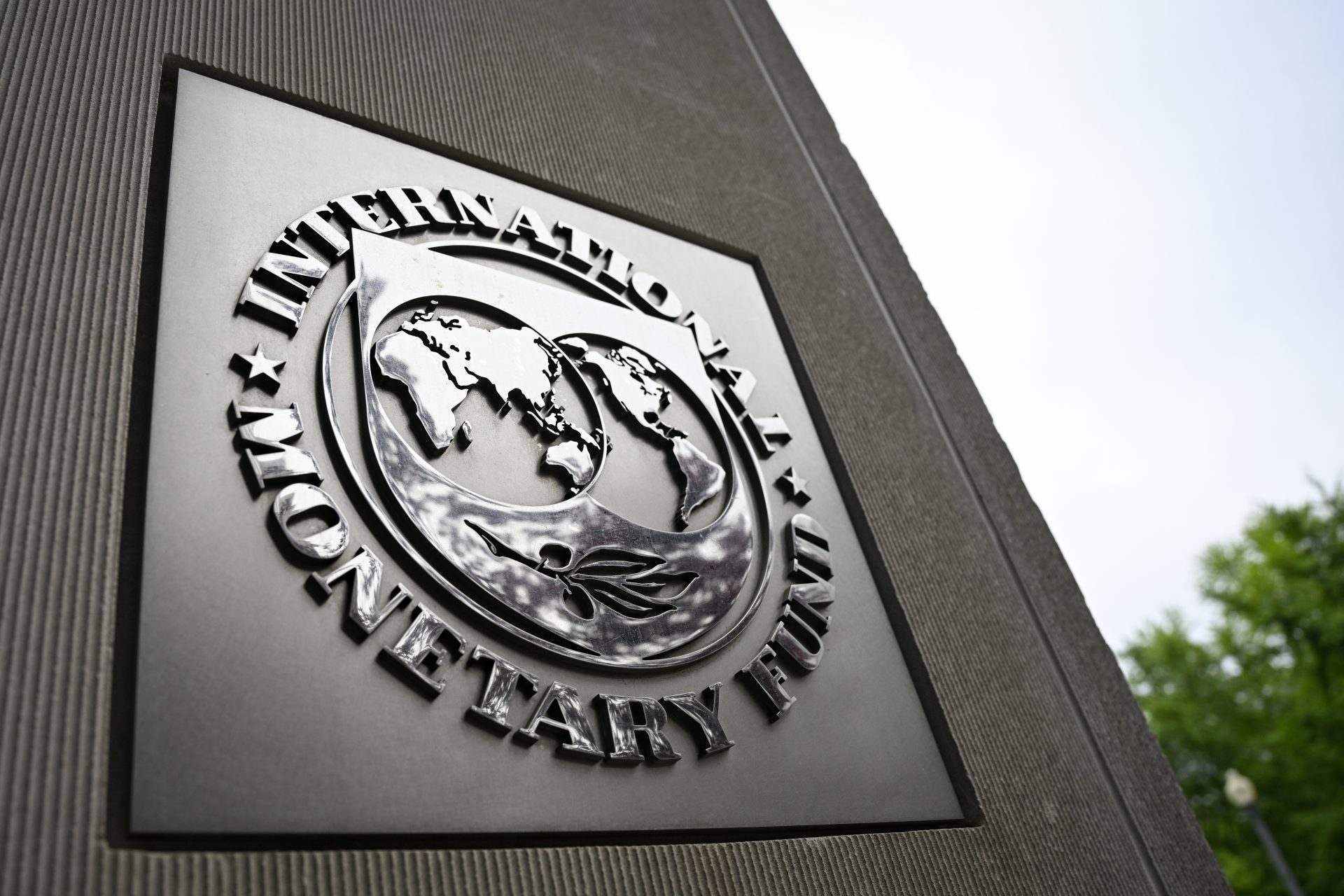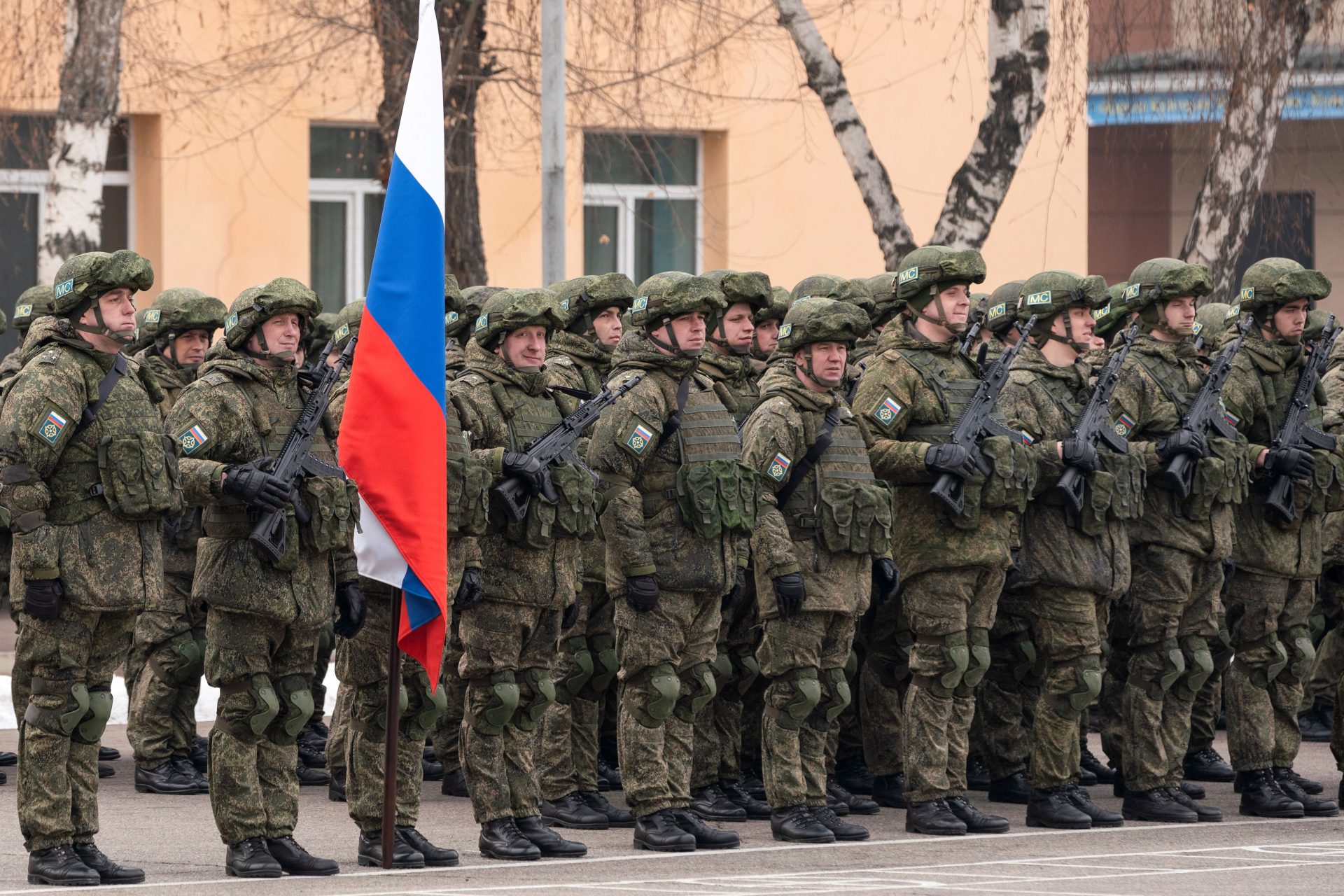Nuclear war would cause billions to starve but seaweed could save us
In the event of a nuclear war, if you didn’t die from the initial blast or the radiation poisoning that would follow, the next biggest worry you would need to be concerned about is trying to find enough food to eat in the post-apocalyptic wasteland.
The effects a global nuclear war would have on the climate and food supply of our planet would be massive. One study from Rutgers University in 2022 showed that as many as 5 billion people would die of hunger following a nuclear war between Russia and the US.
Even a minor and local nuclear exchange between two countries like Pakistan and India would reduce the caloric production of the world by at least 7% within five years, while a global fight between Russia and the US would reduce caloric production by 90% within 3 or 4 years.
Under the worst nuclear war scenarios, the study's authors found that as much as 75% of the planet's population would be starving within the first two years of the conflict, and that figure says a lot about what a post-war future would hold.
“The data tell us one thing: We must prevent a nuclear war from ever happening,” said study co-author and Rutgers Professor of Climate Science Alan Robock. However, the effects of a nuclear famine may not be as dire as they seem.
New research published in the journal Earth’s Future suggests the world might be able to avert the worst effects of nuclear famine with help from a single crop: seaweed. Vast kelp farms could be the key to saving 1.2 billion Live Science reported, but the solution has two big catches.
The researchers explained that abrupt sunlight reduction from a nuclear war would have an effect on global agriculture, but noted that seaweed is a promising solution since it is a resilient food source that can be grown quickly in many conditions.
Within 9 to 14 months of an initial nuclear conflict, Kelp grown in the Gulf of Mexico and across the Eastern Seaboard of the United States could be harvested to replace a large portion of the production capabilities lost on land due to sunlight reduction.
Once production reaches its full capacity, it could replace as much as 15% of the foods currently consumed by humans, 50% of the world’s current biofuel production, and 10% of the current production used for animal feed according to Live Science's review of the research.
Modeling from the study’s authors showed kelp farms would thrive under the conditions created by a major nuclear exchange. Colder air created in a post-nuclear environment would help sink surface water, which in turn would pull nutrient-rich water up to the surface.
"The ocean, and water in general, has higher specific heat than land, so stores more heat, and it is harder to heat up and cool down. This is why radiators work so well, they store heat and radiate it over time," study co-author Cheryl Harrison told Live Science.
"So, the ocean is a great place to target for alternative food production, as opposed to greenhouses on land, which would need a lot of heating in a time when fuel would be in high demand,” the Louisiana State University assistant professor continued.
Unfortunately, there are a few problems with seaweed as a solution to a global famine brought on by nuclear war. First, it contains high levels of iodine, which is toxic to humans in high doses. This is why its use would need to be diversified.
By using seaweed as a biofuel and to help feed livestock, the planet’s remaining arable land could be used for other crops that can feed humanity while the world waits for the climate to recover from the conditions created by a nuclear exchange.
Second, and more important than the first problem, humanity’s main challenge would be in its ability to set up new kelp farms quickly enough to help mitigate the effects of a global nuclear war on the agricultural system.
Interestingly, Live Science pointed out that the seaweed solution could also be used in the event of other major global catastrophes that have the potential to disrupt the world’s agricultural systems like asteroid strikes or volcanic eruptions.
"Throughout history, large eruptions have caused famine both regionally and globally," Harrison said. "Either way, we need a plan to feed ourselves in these sudden sunlight reduction scenarios."
More for you
Top Stories



